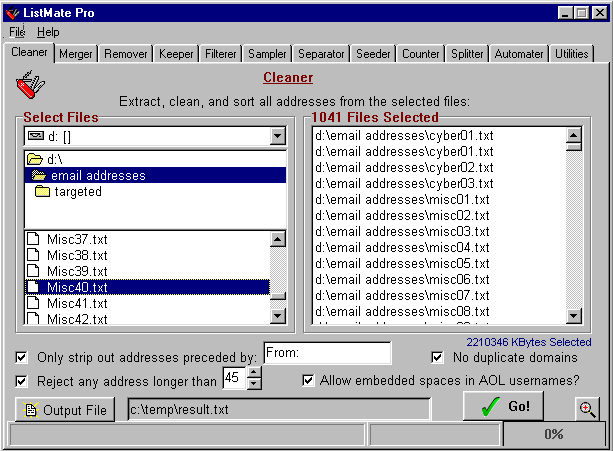

Since new users are conditioned by word processors, new users often have trouble figuring where they can add page numbers or headers or footers. These elements are far easier to visualize in desktop publishers, because they treat pages as a unit of design and display them They have settings for margins, headers, and footers, but they give you little sense of what the settings look like, especially if you want left and righthand pages to mirror one another. Word processors are built around paragraphs. Word processing in Writer usually works best when you use as many DTP features as possible.įor example, here are seven ways in which Writer is more oriented to DTP than word processing: However, Writer remains primarily a desktop publisher. However, just as desktop publishing in MS quickly becomes frustrating, so word processing in Writer is less than ideal.Īdmittedly, in the last few years, LibreOffice developers have added features to make word processing more efficient. You can use Writer for the types of documents for which word processors are intended, just as -to a certain extent - you can use MS Word for desktop publishing.
IS PUBLISHER PLUS SOFTWARE PROFESSIONAL
By contrast, a desktop publisher is for longer documents that are re-used and offers extensive customization and tools for automation and editing, as well as advanced tools for manipulating graphics and other non-text elements for professional publishing. A word processor is for shorter, often one-off documents, and offers tools that are good enough for most office or academic purposes.

Both a word processor and a desktop publisher are writing tools, but their orientations are very different. The distinction is just a matter of semantics. However, Writer is more accurately classified as a desktop publisher (DTP) - and if you don't know the difference, you can quickly become frustrated. After all, that is what the writing tool in an office suite is usually called. You could be forgiven for thinking that LibreOffice Writer is a word processor.


 0 kommentar(er)
0 kommentar(er)
